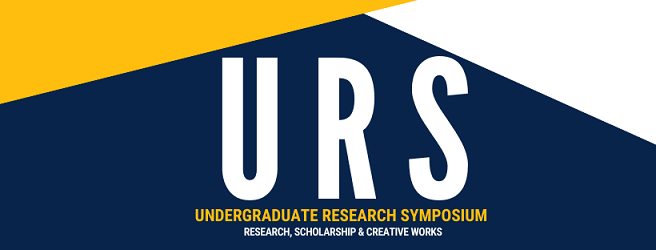The Chemical Synthesis of Building Blocks of Sugars found in Human Milk
Faculty Sponsor
Alexei Demchenko
Final Abstract for URS Program
Carbohydrates are one of the most abundant molecules on earth. Found in different types of foods and drinks, these molecules are also responsible for carrying out countless body functions ranging from joint lubrication to identifying foreign pathogens.
Human milk contains an abundance of carbohydrates that contribute to the development of the infant brain, promote healthy gut micro-biota, and strengthen immune response. There are more than 250 different human milk oligosaccharides (HMO) found in human breast milk. Structures of 162 HMO have been elucidated, but our understanding of how individual HMO function is far from complete. The development of efficient and cost-effective methods for synthesizing carbohydrates in the lab will improve understanding of their roles and boost practical applications.
Much like puzzle pieces, there are a select group of identifiable disaccharides that comprise the building blocks of these human milk oligosaccharides. Chemical reaction called glycosylation along with selective protection and deprotection manipulations can be used to synthesize HMO. My research focuses on the total chemical synthesis of a selectively protected lactose (Gal1-->4Glc) building block that is found in practically all human milk oligosaccharide core structures.
Document Type
Poster


